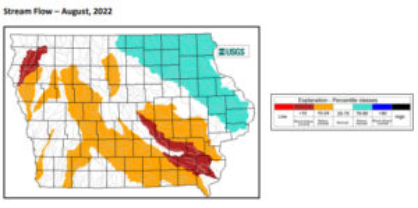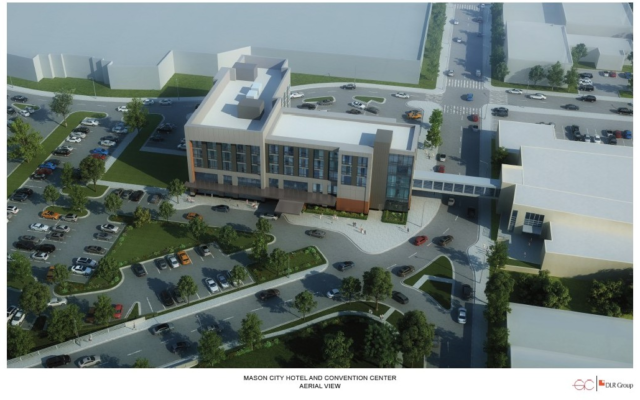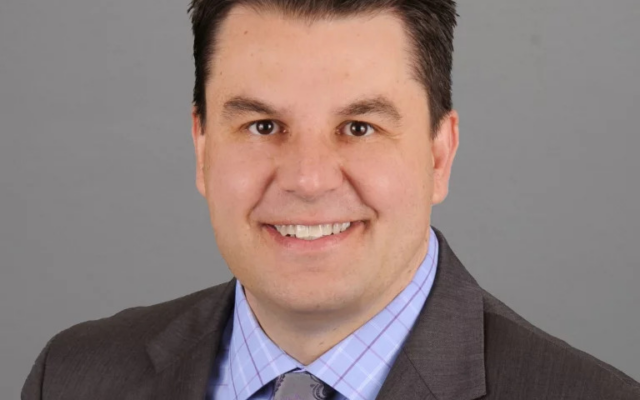Data shows some hope for September, October replenishing groundwater

DES MOINES — August saw below-normal rainfall — but drought conditions did improve in some parts of the state.
The Iowa Department of Natural Resources’ Tim Hall says some areas didn’t get the rain from thunderstorms. “You sort of have to look at it regionally. And some parts of Southeast Iowa were accepted exceptionally dry in the month of August,” Hall says. August was the fifth straight month with below-normal precipitation, and Hall says the state needs a rainfall rally.
“To get out of a drought that’s been sort of lingering and brewing for a couple of years, it’s going to take month over month over month of above normal rainfall,” he says. “We haven’t seen but one month this year, where we’ve had above normal rainfall statewide. We haven’t seen the conditions that we’d like to see that’ll start to dig us out of this long-term condition.”
Rivers and streams are running low in some of the drought areas — which can lead to more problems. “There’s water quality issues that come along with decreased streamflow and groundwater. There’s some communities battling nitrate issues. So in northwest Iowa, it’s not very good. And if you look at the streamflow in southeast Iowa, it is also trending downward,” according to Hall.
The fall months are not normally the wettest of the year in Iowa — but Hall says there is some positive recent history.
“Going back to 2016 — a really wet September, 2017 a really wet October, 2018 a really wet September, 2019 a really wet September, and last year a really wet October. So we’ve seen the emergence of the trend I think that shows September and or October being above normal for precipitation,” Hall says.
He says the timing of the rains are key to rebuilding subsoil moisture. “There is there’s ample opportunity to get some much needed rainfall going into the winter. Depends how much we get and how much gets locked into the soil moisture before the ground freezes,” Hall says.
The latest drought monitor showed just a slight increase in the percentage of the state that doesn’t have any type of drought.




